Industries We Serve
Energy storage each sector is presented with specialized solutions, supported by technical specifications and real product imagery.
Mobility (EV 2W, 3W, 4W) & Home , Commercial and Industrial

Silicon Dip Tech with High Discharge rate to support heavy Loaders and Incline support
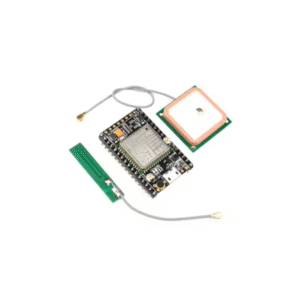
Integrated BMS with IoT Features, GPS Tracking and remote Controllability
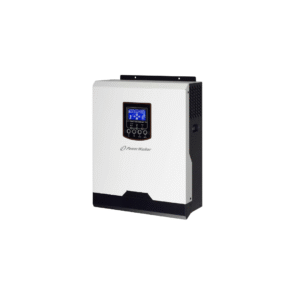
Home Based Invertor with sine wave modulation On-Grid. 1 KVA-50 KVA Options
High Voltage Energy storage

High Voltage 96V-480V systems for Heavy Loads with Current draw upto 1000Amps.
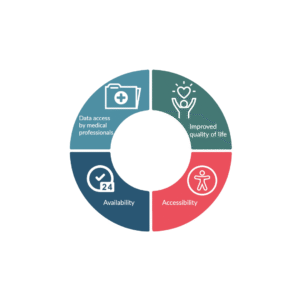
In-built Monitoring and preventive Software to ensure uninturupted backup

Capacity upto 50Kw for longer Supply free operations
Defense and Railway

RDSO Standard Quality to ensure Rigor use and Last mile Reliability.
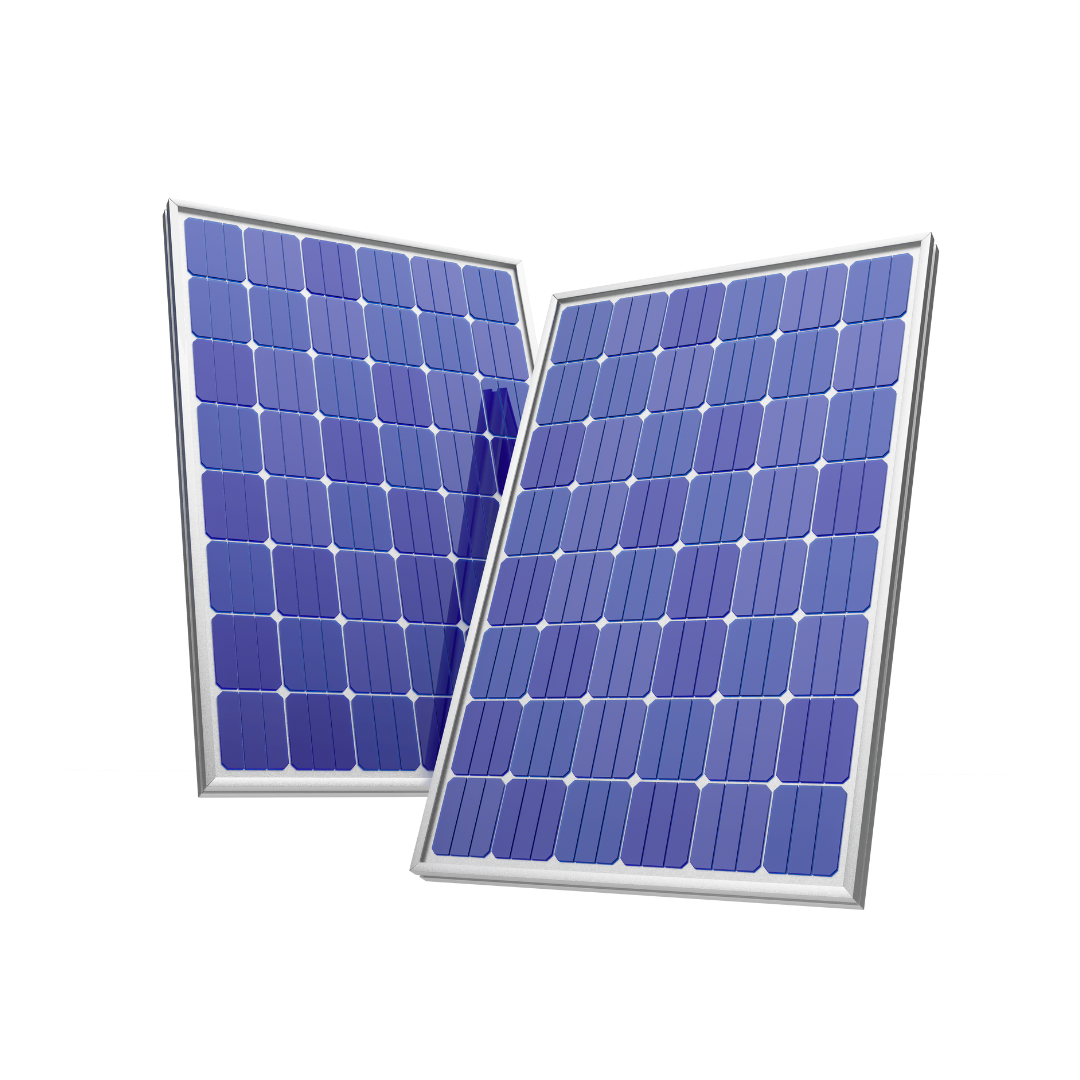
Stable Chemistry to ensure 10+ Years of Calendar life.

100% Make in India, to ensure safety and quality
What makes us stand a part?
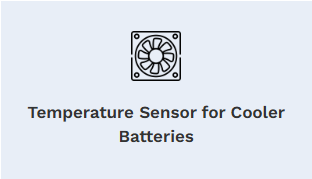
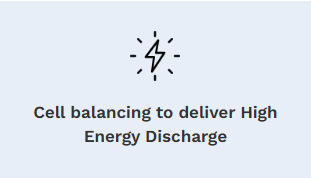

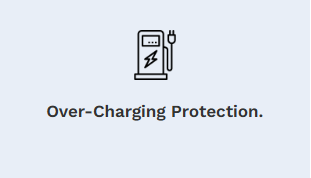
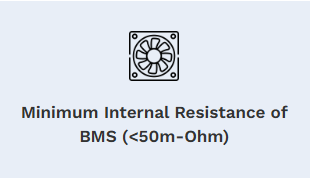

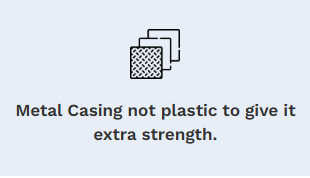


Our Products

Sample product
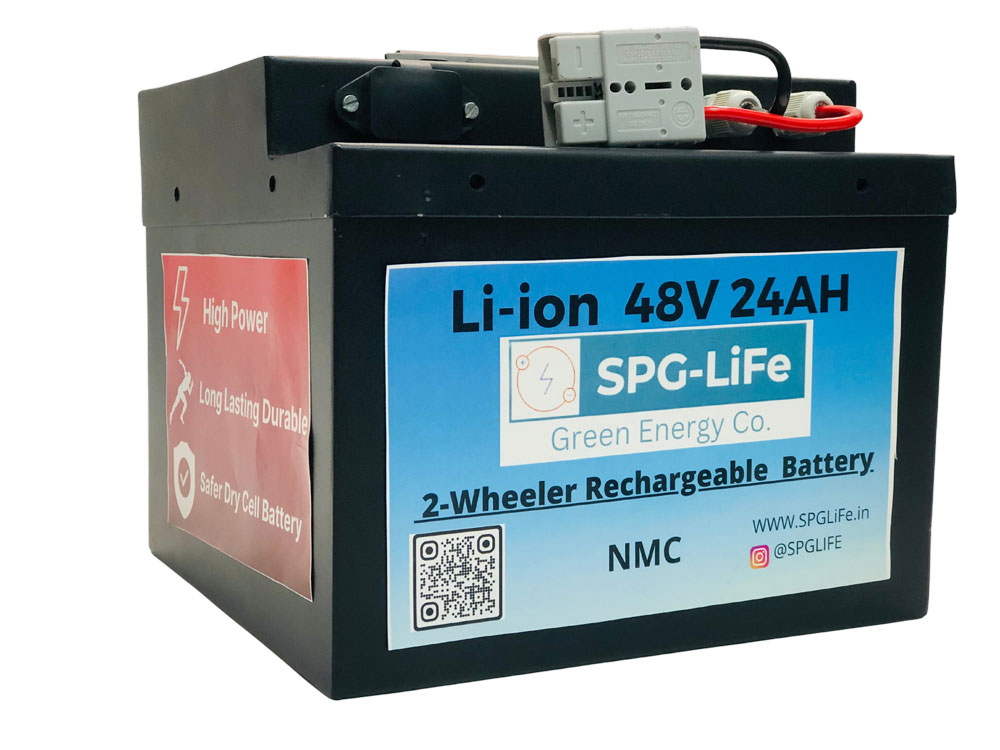
NMC EV 48V 24Ah

NMC EV 48V 30Ah

NMC EV 48V 40Ah
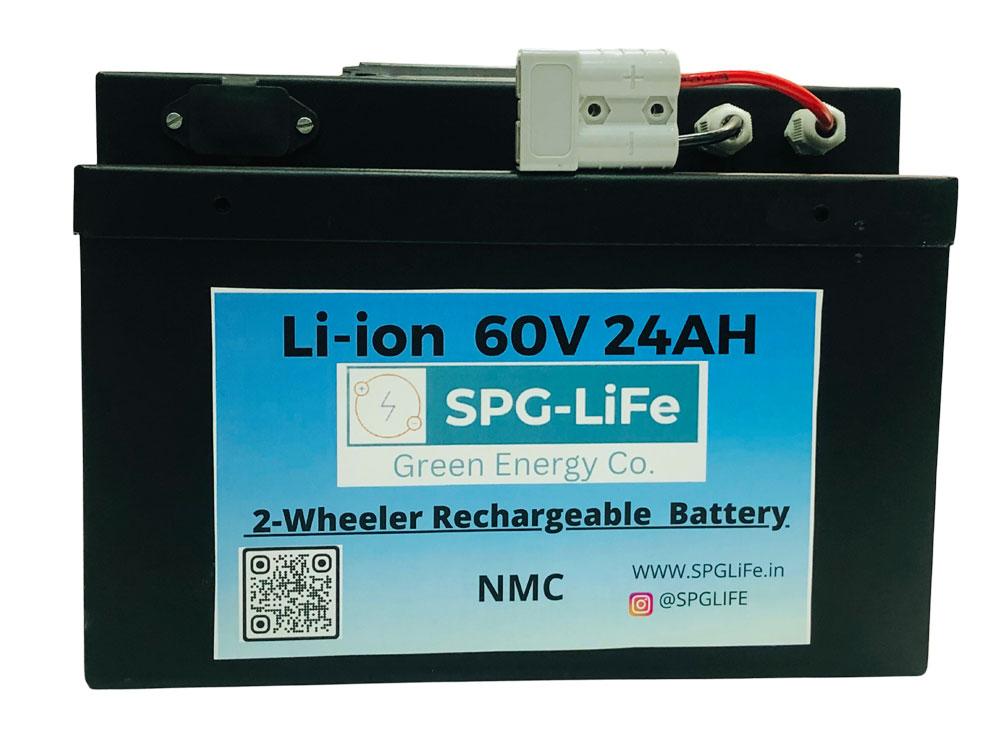
NMC EV 60V 24Ah

NMC EV 60V 30Ah
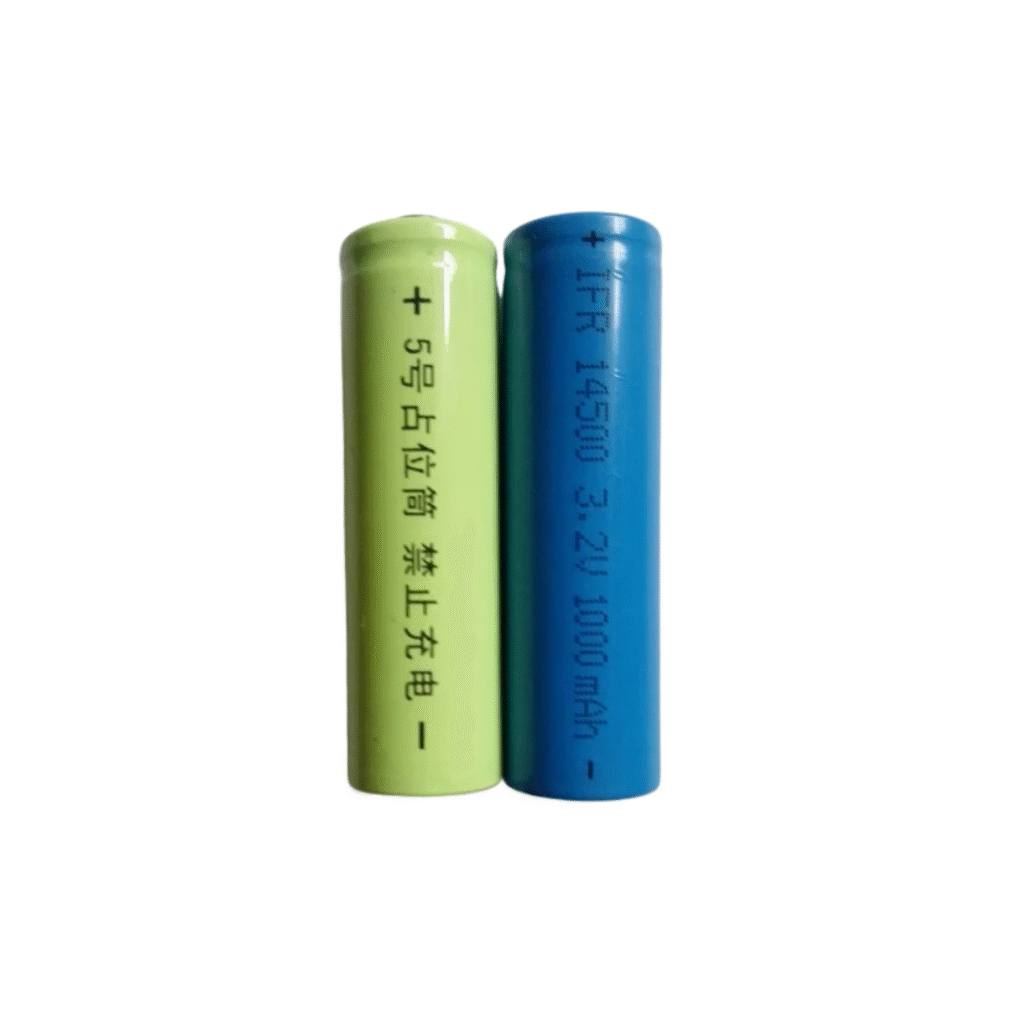
NMC EV 48V 40Ah
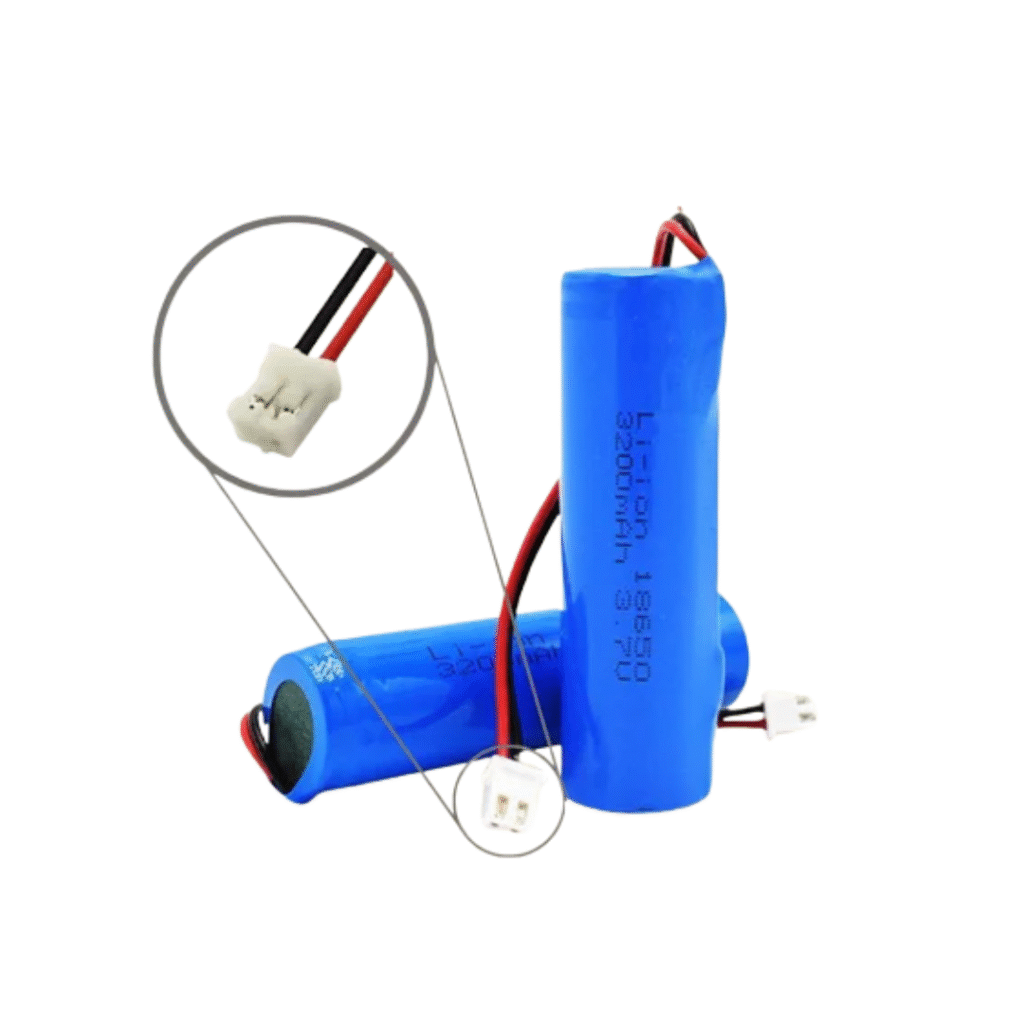
NMC EV 60V 24Ah
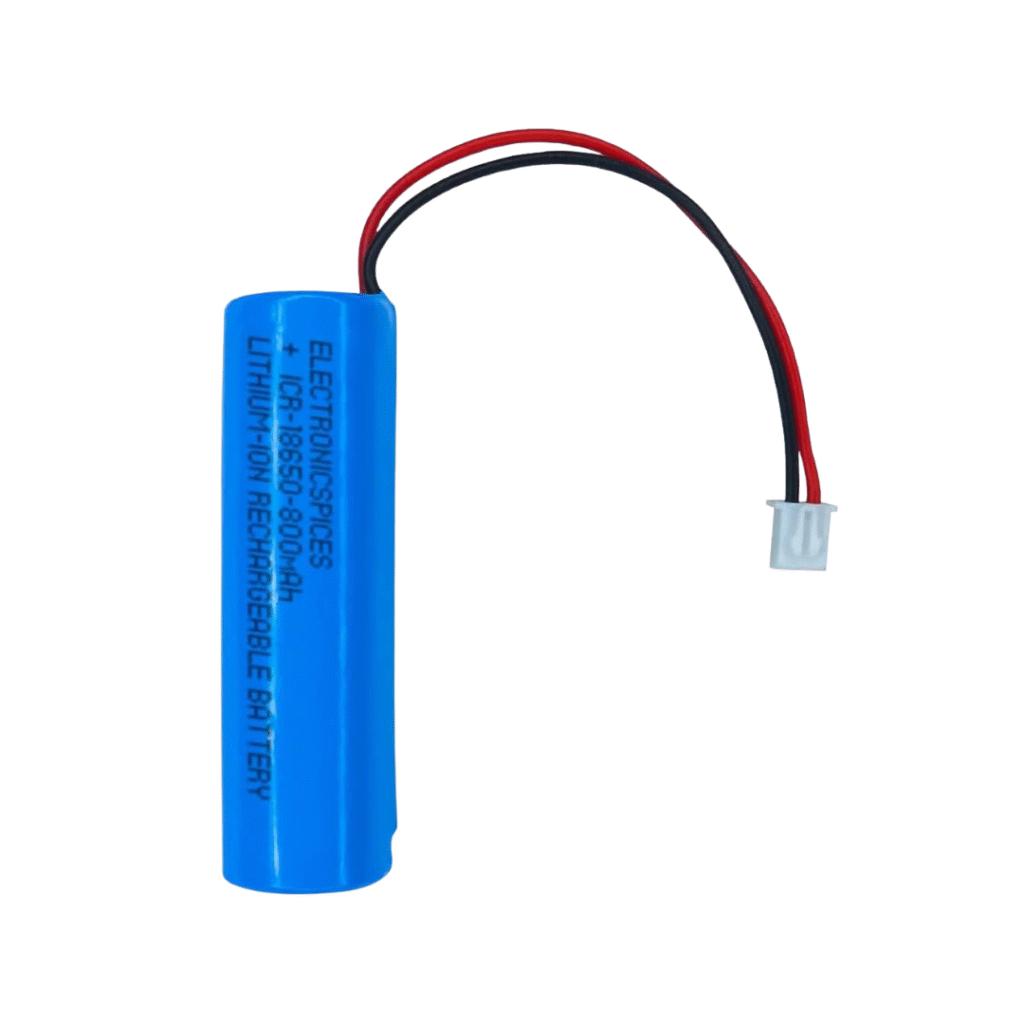
NMC EV 60V 30Ah
Why go for Li-ion when Lead Acid is so cheap?
Why you may choose a Li-ion battery over a lead-acid battery. First, Li-ion batteries have a higher energy density than lead-acid batteries,Energy storage meaning they can store more energy in a smaller and lighter package. This makes them ideal for use in applications where weight and space are critical factors, such as in electric vehicles or portable electronics. Second, Li-ion batteries have a longer lifespan and can withstand more charge and discharge cycles than lead-acid batteries, making them more cost-effective in the long run. Third, Li-ion batteries charge more efficiently and can retain their charge for longer periods of time, reducing the need for frequent charging. Fourth, Li-ion batteries are less prone to sulfation, a process that can occur in lead-acid batteries when they are not fully charged, which can damage the battery and reduce its lifespan.


Sustainability
By choosing our EV batteries, you contribute to reducing carbon emissions and promoting a cleaner environment. Finally, Li-ion batteries are more environmentally friendly than lead-acid batteries, Energy storage as they do not contain hazardous chemicals such as lead or acid and can be recycled. Overall, Li-ion batteries offer a more efficient, reliable, and sustainable alternative to lead-acid batteries in many applications.
Applications

Electric Vehicle
An electric car battery is an energy accumulator that stores electricity for transmission to an alternating or continuous current engine. However, its importance is far greater than this. The battery is what makes these vehicles sustainable, what releases it from its dependence on fossil fuel.
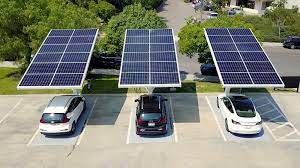
Solar Panel
The role of solar battery in the photovoltaic solar system is very significant. It stores the excess energy your solar panel system generates. The batteries used in a solar energy system function as energy “accumulators” and are responsible for storing the energy obtained by the solar panels.
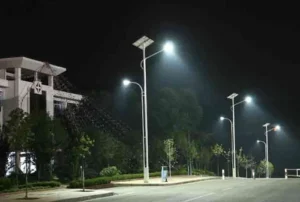
Road lighthing
Wind turbines can use excess power to compress air, Energy storage this is usually stored in large above-ground tanks or in underground caverns. When required the compressed air can be used through direct expansion into a compressed air motor.
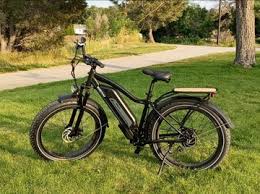
Electric Scooter
The battery of your electric scooter is one of its critical, most important parts, if not the most important. It will determine so many things about your scooter, from the speed and the range, all the way down to the cost per charge, and the overall maintenance cost of your scooter.
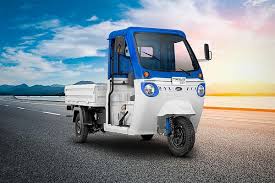
EV Autos
Wind turbines can use excess power to compress air, Energy storage this is usually stored in large above-ground tanks or in underground caverns. When required the compressed air can be used through direct expansion into a compressed air motor.
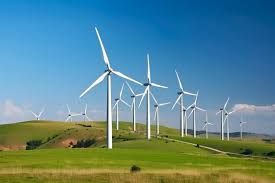
Windmill
Wind turbines can use excess power to compress air, this is usually stored in large above-ground tanks or in underground caverns. When required the compressed air can be used through direct expansion into a compressed air motor.
